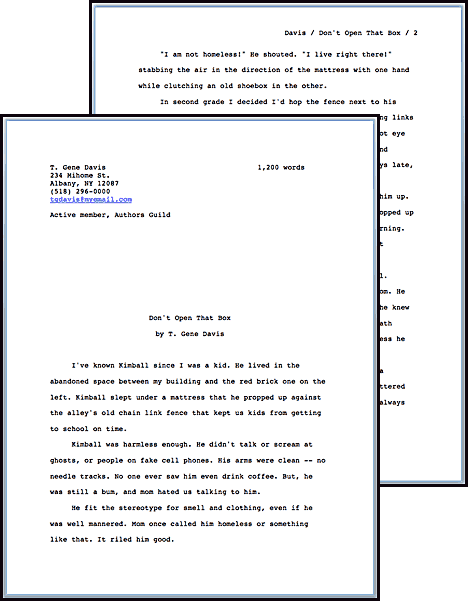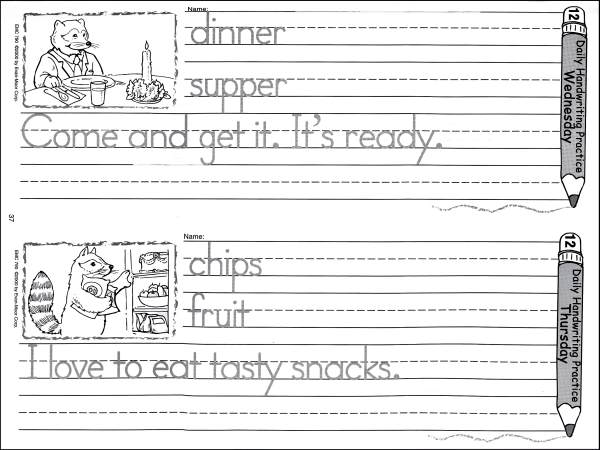
I’ve found that the sooner I start these experiments, the easier it becomes to tell a meaningful story. Unfortunately, this is also the type of experiment that ultimately decides the fate of the story I tell. These are costly and time-intensive, so there is a lot of pressure to collect meaningful data. Your PI should be able to offer suggestions if you’re having difficulties with this.Įxample: I work in cancer nanotechnology, and the biggest challenge for me is animal experiments. But most papers have one key figure that summarizes the key results. Think about your hypothesis: which main experiment would be highlighted in a paper to support such a hypothesis? Of course, this research would need to be supported by multiple experiments. As an experimentalist, one way I try to help define structure early-on is by prioritizing a few key experiments that can help me decide the central message of my story. Ultimately, that story may look very different from your initial expectations. You’ll refine your hypothesis until you’ve settled on a main story.

Outline to inform your experimental approachĪs you continue to collect data, you may need to shift your story. Your figure outline should include the 5-6 major experiments that drive your hypothesis. Do they start by characterizing the materials? Describing the system they used? Don’t be afraid to put placeholder “boxes” for data you don’t yet have. Do some research on the kind of data your field typically reports by looking at journals from your lab. Most journals have 5-6 medium-sized figures with several panels. Ultimately, it’s your blueprint for writing a paper. Figure outlining is a visual tool for helping you decide the most critical experiments you need to perform in order to test your hypothesis. It’s never too early to start figure outlining.

That’s where figure outlining is your friend. A solid story is the foundation of good scientific writing. That said, there’s plenty to do before putting pen to paper. You might realize that you can’t make the claim you want without additional experiments.

Writing helps you realize the gaps in your data. Scientific writing is as critical to our scientific training as the science itself. Never start writing after you’ve collected all the data. So how do you know when you’re ready to start writing? And what constitutes publishable content? Generally, you want to start writing when you’ve collected 80% of the data. Part I: Defining your story Figure outlines structure your story In the end, writing is a marathon, not a sprint. Each new piece of data causes us to revisit prior assumptions. In writing, we learn to re-formulate our hypothesis we frame old topics in new ways. 1 We try to publish results that are relevant to current topics in our field, knowing that there will be limits to its application and scope, or that the conclusions from these results are subject to revision and reinterpretation. But as one author rightly put, experimentally solid papers are timely, targeted, and temporary. We do our best to ensure we’ve been rigorous in our analyses and conclusions. In the end, we write to contribute to a much larger scientific discourse, from which a single question is answered after years of scientific evidence generated from multiple labs by hundreds of hard-working researchers. Science is incremental rarely does it progress on one article’s evidence alone. Most of us will never write the “gold standard paper” whose results and interpretations survive the test of time completely intact. While we have adopted a more formal peer-review since then, we publish today for primarily the same reasons: to communicate scientific findings and to teach others.

Scientific manuscripts began informally in the late 1600s in the form of short letters, as way to disseminate scientific knowledge. So, before you read on, we need to talk about why we write. I had anxiety: What if my results aren’t significant enough? What if I’ve made a mistake in the analysis? What if, after all this effort, the journal I’ve chosen rejects me? In hindsight, those weren’t the right questions to be asking.
#MANUSCRIPT WRITING HELP HOW TO#
It’s hard to know when you’re ready to start writing, and how to begin the process. Writing your first manuscript is intimidating. Developing your story’s framework and identifying your audience informs your scientific approach and guides your writing. The most challenging part of writing happens before you put pen to paper.


 0 kommentar(er)
0 kommentar(er)
